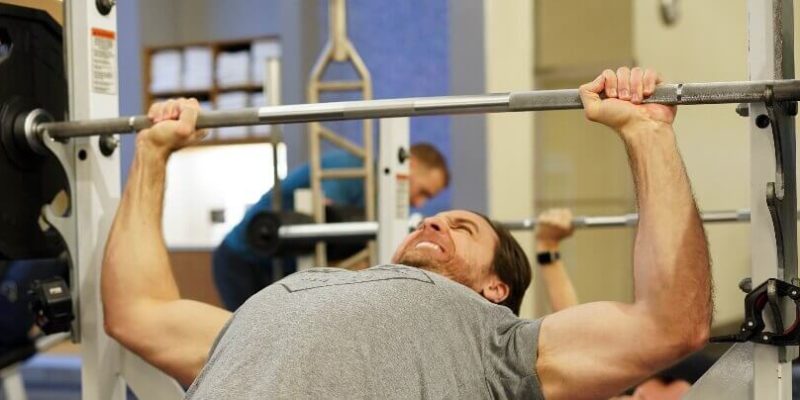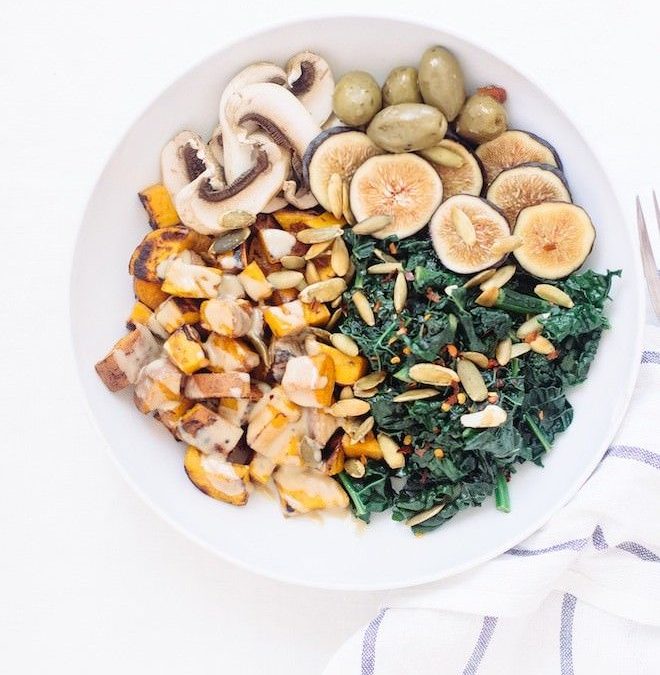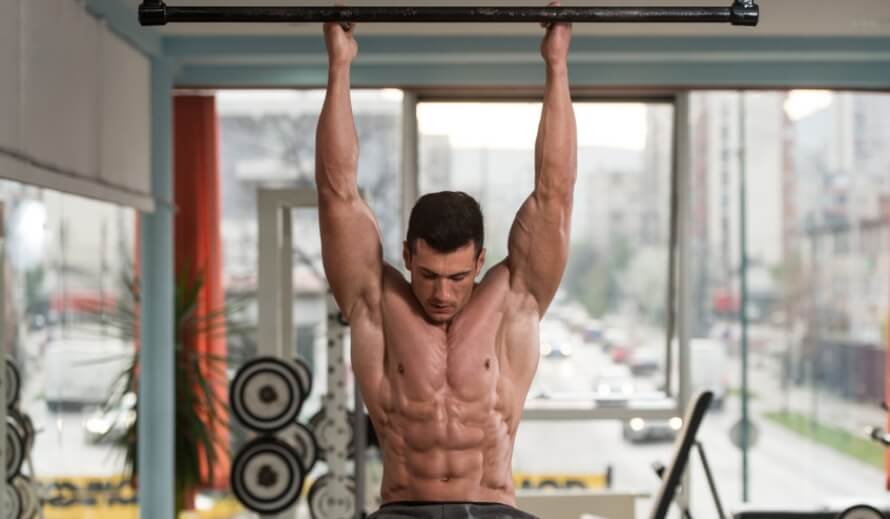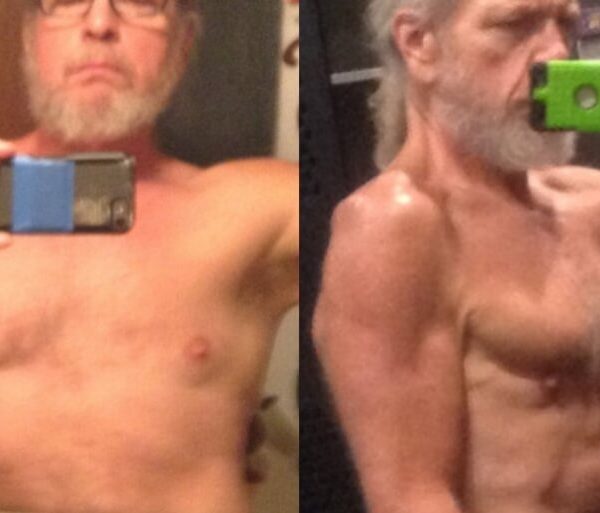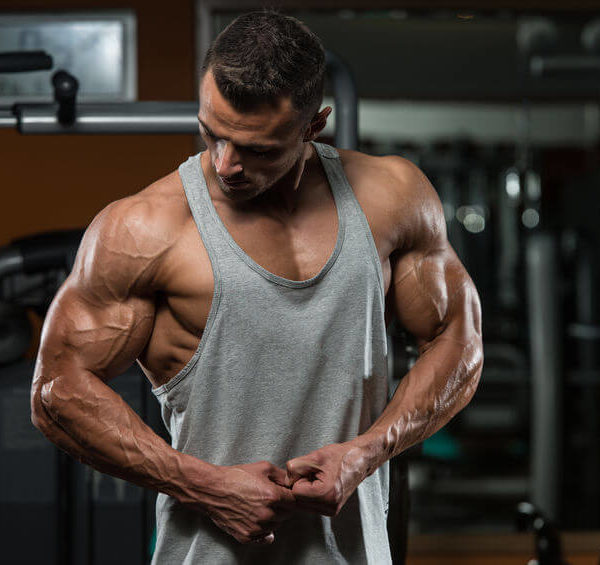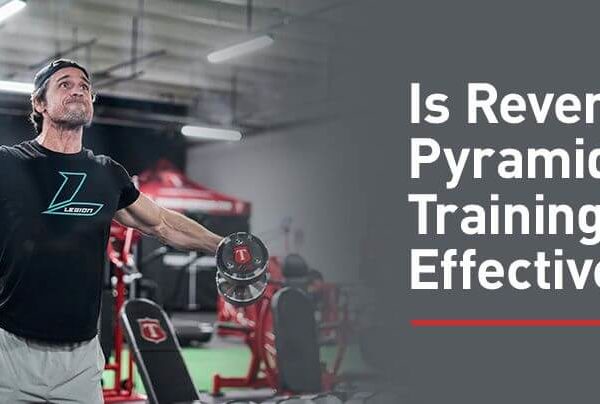Should You Incline Bench Press?
Yes, you should incline bench press.
Although you don’t have to incline bench press to build chest mass, doing so will probably make your pecs appear more proportional, balanced, and “aesthetic.”
Some people disagree, though. They say that the incline bench press is a fine exercise for your chest and shoulders, but it doesn’t offer any advantages over the flat bench press—the exercise they also often claim is all you need to build a muscular, defined chest.
Others think even less of incline bench pressing, saying that it’s really just a poor compromise between overhead pressing and flat bench pressing that doesn’t train your shoulders or chest as well as those exercises.
There’s a kernel of truth to these arguments—the incline bench press isn’t an essential exercise—but it certainly isn’t a waste of time.
First of all, no single exercise is absolutely needed to build a great physique, but that doesn’t mean that particular exercises don’t offer unique and worthwhile benefits (like the incline bench press does).
Second, although it’s true that flat barbell bench pressing will also train your “upper chest” to a degree, research shows it’s not as effective for this as incline bench pressing.
A good example of this comes from a study conducted by a team of scientists from the Federal Institute of Sudeste of Minas Gerais. Researchers split 47 untrained men aged 18-to-30 into three groups:
- An incline bench press group, that only performed the Smith machine incline bench press in their workouts.
- A flat bench press group, that only performed the Smith machine flat bench press in their workouts.
- An incline and flat bench press group, that performed both exercises in their workouts.
All three groups followed the same training template of 1 workout per week of 4-to-6 sets of 8-to-12 reps for 8 weeks, with the incline and flat bench press group splitting their volume between both exercises (2-to-3 sets of incline bench press and 2-to-3 of flat bench press).
Also, in case you’re wondering, while the Smith machine isn’t ideal from a programming perspective, it doesn’t matter much in this case.
Before and after the study, the scientists measured the participant’s upper-, mid- and lower-pec thickness using ultrasound and recorded their isometric pressing strength on each exercise (how much force they could generate when pressing horizontally and vertically, basically).
And what they found confirms what many “bros” have been saying for years:
The incline bench press group experienced the biggest increase in upper pec muscle growth. Specifically, they increased their upper pec thickness 62%, whereas the flat bench press and incline and flat bench press groups increased their upper pec thickness by 32% and 31%.
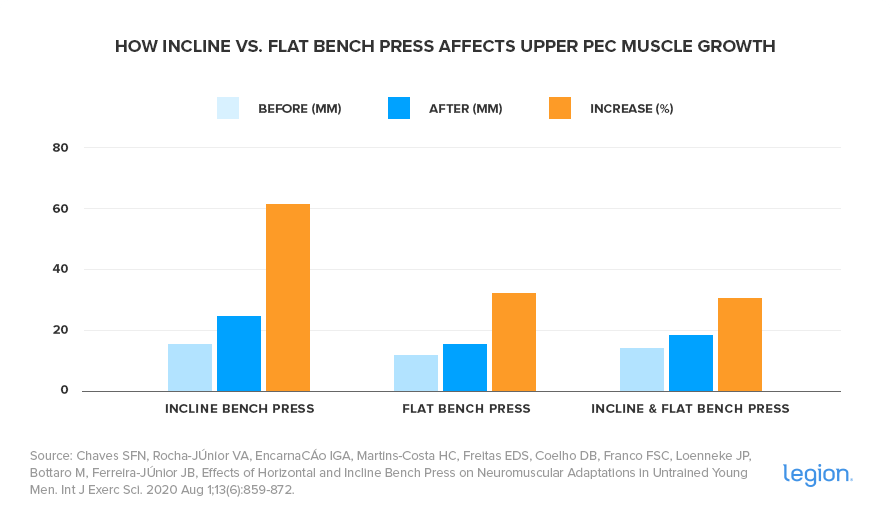
As for isometric pressing strength, all three groups experienced a similar increase for both exercises, although the incline and flat bench press group was a little stronger than the other two groups (the difference wasn’t statistically significant, however).
Now, if you’re surprised at or even skeptical about the results of this study, I understand. Double the upper chest muscle growth by doing just the incline bench press? Glory be!
Unfortunately, something does appear to be awry with the calculations that led to these results.
For example, as writer and researcher Greg Nuckols has noted, the average increase in pec thickness in the incline bench press group (62%) was higher than the absolute highest recorded increase in biceps thickness in another much larger and longer study (59%). Pecs aren’t biceps, of course, but it’s still reason to raise an eyebrow.
The most likely reason for this anomaly is simply mismeasurement on the part of the researchers (ultrasound is a tricky tool), but even so, it’s still significant that the incline bench press group experienced a much greater increase in upper pec growth than the other two groups.
So, do you need to incline bench press?
No, but if you do, you’ll likely experience more muscle growth in your upper pecs, which results in a fuller, more attractive looking chest. It’ll probably improve your strength on the overhead and flat bench press, too.
This isn’t to say that you should only incline bench press, though—the flat barbell press deserves a spot in your routine as well.
Why?
Because it likely does a better job of training your mid- and lower-pecs, which is going to produce more total chest muscle growth over time.
Evidence for this comes from research published in the Journal of Strength and Conditioning Research, which found a positive correlation between pec size and bench press strength and throwing power.
In other words, athletes with the most chest muscle were the strongest and most powerful.
“That doesn’t necessarily prove that bench pressing produces great chest gains,” you may be thinking. “What if the people with the biggest pecs also happened to be gifted bench pressers? What if they gained most of their muscle by doing other exercises? How do we know how much the bench press contributed?”
Fair points indeed, and to address those questions, let’s look at a study conducted by scientists at the University of Tokyo.
In this case, the researchers had 7 young, untrained men follow a 3-day per week strength training program in which they did 3 sets of 10 reps with 75% of their bench press one-rep max (1RM) each workout for 24 weeks.
Every 3 weeks, the researchers retested their 1RMs and adjusted their weights so they got stronger over the course of the study, and they measured the participant’s pec, biceps, and triceps thickness once per week.
The result?
At the end of the study, chest, tricep, and bicep growth was correlated with gains in bench press 1RM strength. In other words, the people who experienced the most muscle growth in their chest, triceps, and biceps, also gained the most strength on the bench press.
Here’s what the results looked like:
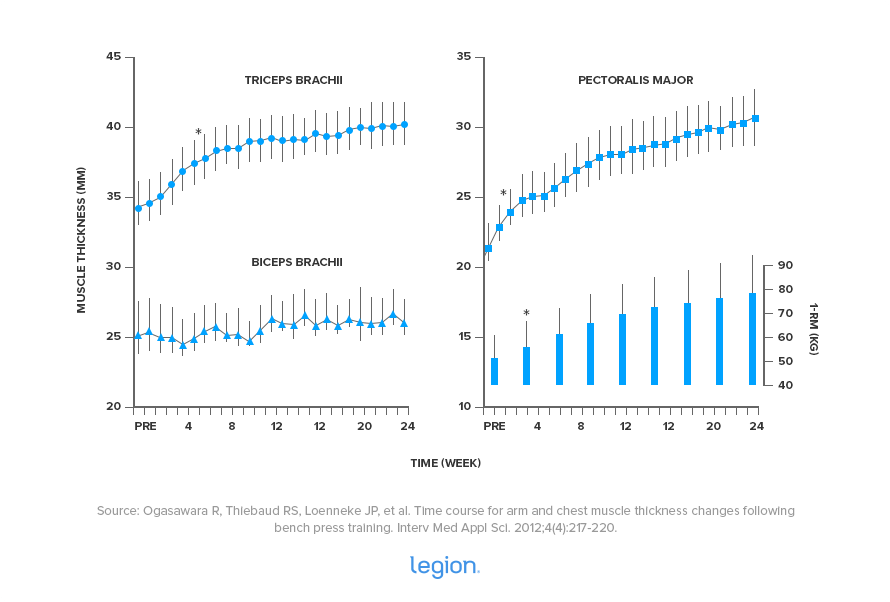
As you can see, chest growth increased almost in lockstep with bench press strength, but triceps growth seemed to plateau after about eight weeks, which is one of the reasons I recommend training the triceps directly in addition to heavy pressing.
All of the participants made slight improvements in biceps size, too, but not enough to reach statistical significance.
So, where does all of this leave us?
To maximize your chest development, you want to include both the flat and incline bench press in your workout routine.
In terms of programming, you can do the flat bench press in one workout and incline bench press in another, focus on just one exercise for a couple of weeks or months before switching to the other, or just do both exercises in the same workouts.
Personally, I like to do both exercises every week since I enjoy them equally and don’t have any particular need to emphasize one over the other, but feel free to experiment with different setups and see how your body responds.
If you’re looking for an effective workout routine that balances flat and incline pressing properly, check out my workout program for men, Bigger Leaner Stronger.
In it, you start your pressing workouts with the flat barbell bench press (when you’re feeling freshest and can press the heaviest weights), then do a few sets of the incline bench press, and then finish with a few more sets of other exercises for your chest and triceps.
This simple approach has helped thousands of men build bigger, stronger, more proportional pecs, and I’ll bet dollars to doughnuts that it’ll do the same for you.
+ Scientific References
- Suene F N Chaves, Valdinar A Rocha-JÚnior, Irismar G A EncarnaÇÃo, Hugo C Martins-Costa, Eduardo D S Freitas, Daniel B Coelho, Frederico S C Franco, Jeremy P Loenneke, Martim Bottaro, & JoÃo B Ferreira-JÚnior. (n.d.). Effects of Horizontal and Incline Bench Press on Neuromuscular Adaptations in Untrained Young Men – PubMed. Retrieved June 8, 2021, from https://pubmed.ncbi.nlm.nih.gov/32922646/
- Ogasawara, R., Thiebaud, R., Loenneke, J., Loftin, M., & Abe, T. (2012). Time course for arm and chest muscle thickness changes following bench press training. Interventional Medicine and Applied Science, 4(4), 217–220. https://doi.org/10.1556/imas.4.2012.4.7
- Akagi, R., Tohdoh, Y., Hirayama, K., & Kobayashi, Y. (2014). Relationship of pectoralis major muscle size with bench press and bench throw performances. Journal of Strength and Conditioning Research, 28(6), 1778–1782. https://doi.org/10.1519/JSC.0000000000000306
- HUBAL, MONICA J., GORDISH-DRESSMAN, HEATHER2; THOMPSON, PAUL D.3; PRICE, THOMAS B., HOFFMAN, ERIC P., ANGELOPOULOS, THEODORE J., GORDON, PAUL M., MOYNA, NIALL M., PESCATELLO, LINDA S., VISICH, PAUL S., ZOELLER, … PRISCILLA M. (n.d.). Variability in Muscle Size and Strength Gain after Unilatera… : Medicine & Science in Sports & Exercise. Retrieved June 8, 2021, from https://journals.lww.com/acsm-msse/Fulltext/2005/06000/Variability_in_Muscle_Size_and_Strength_Gain_after.10.aspx
If you enjoyed this article, get weekly updates. It’s free.
Sending…
Great! You’re subscribed.
100% Privacy. We don’t rent or share our email lists.

